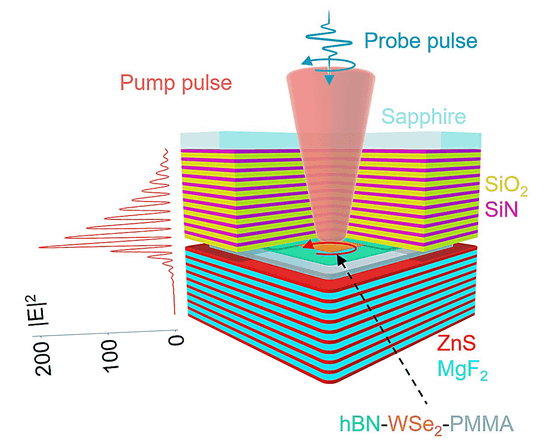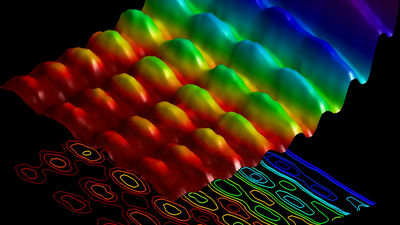What is an 'all-optical switch' that eliminates optical fiber bottlenecks and enables faster internet speeds?

Today's high-speed internet uses light to transmit large amounts of data quickly and reliably through fiber optic cables, but when data processing is required, the optical signals must be converted into electrical signals, which creates a bottleneck. To solve this problem, researchers are exploring the use of '
Cavity Floquet engineering | Nature Communications
https://www.nature.com/articles/s41467-024-52014-0
All-optical switch device paves way for faster fiber-optic communication
https://phys.org/news/2024-10-optical-device-paves-faster-fiber.html
An 'all-optical switch' is a device that uses light to control other optical signals without the need for electrical conversion, saving both time and energy in optical communications.
A research team at the University of Michigan has created an all-optical switch that operates at ultrafast speeds by shining pulses of helically twisted, circularly polarized light through an optical resonator covered with an ultrathin semiconductor.

The all-optical switch developed by the University of Michigan can function as a standard all-optical switch, switching between optical signals of the same polarization by turning a control laser on and off, or it can function as
'Switches are the most fundamental building block of any information processing unit,' said Lingxiao Zou, a physics doctoral student at the University of Michigan and lead author of the paper on the development of the all-optical switch. 'The all-optical switch is the first step toward all-optical computing or even building optical neural networks.'
'Extremely low power consumption is key to successful optical computing,' said Steven Forrest of the University of Michigan, co-author of the paper. 'Our team's research addresses exactly this problem, using an exotic two-dimensional material to successfully switch data at extremely low energy per bit.'

To realize the all-optical switch, the research team succeeded in increasing the laser intensity by two orders of magnitude by shining pulses of a spiral laser at regular intervals into an 'optical cavity,' which is a combination of mirrors that capture light and bounce it back and forth multiple times.
By embedding a one-molecule-thick layer of
The Stark effect not only modulates the optical signal, but also generates a pseudomagnetic field that affects electron bands in the same way as a magnetic field. The effective strength of this pseudomagnetic field is 210 Tesla, much stronger than the 100 Tesla of the strongest magnets on Earth. This extremely strong force only affects electrons whose spins are aligned in the helical direction of the light, so it is possible to temporarily split electron bands with different spin directions and orient all aligned electron bands in the same direction.

The spin directions of electrons in different bands also become uniform for a short period of time, breaking a state known as time-reversal symmetry . In a pseudomagnetic field, the electrons rotating in opposite directions have different energies, breaking time-reversal symmetry and allowing the energies of the different spins to be controlled by a laser.
'Our results open up many new possibilities, both in the fundamental science that controlling time-reversal symmetry is a necessary condition for creating exotic states of matter, and in the technology that will allow us to harness these enormous magnetic fields,' said Hui Deng, a professor of physics and electrical and computer engineering at the University of Michigan.
Related Posts:
in Science, Posted by logu_ii





